Earth
-

-
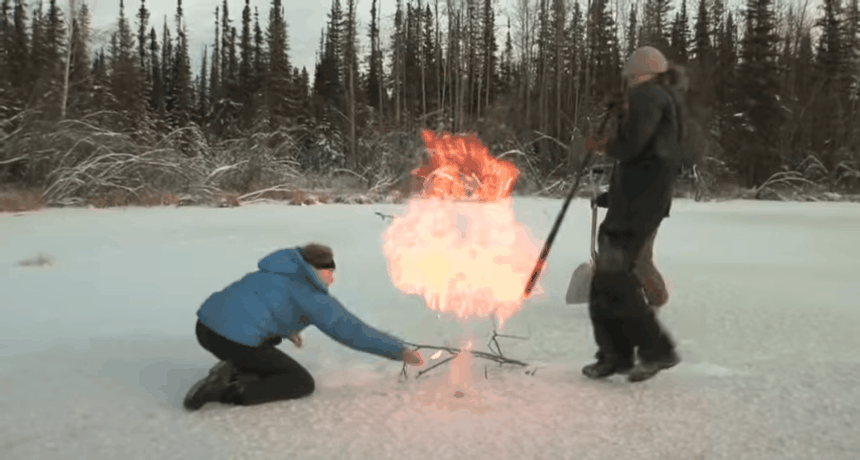 Earth
EarthStrange lake belches flammable gas in the high Arctic
Lake Esieh is bubbling out surprising amounts of methane, a greenhouse gas. Scientists wonder if it’s one of a kind, or a warning of more to come.
By Douglas Fox -
 Ecosystems
EcosystemsWarming pushes lobsters and other species to seek cooler homes
Plants and animals are moving toward the poles, changing timing of important events and more — all in response to climate change.
-
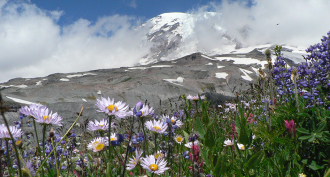 Ecosystems
EcosystemsPhotographing wildflowers and other ways you can help fight climate change
Citizen scientists can help with climate and conservation research by counting birds, taking pictures of flowers and deciphering old weather records.
-
 Oceans
OceansOceans’ fever means fewer fish
Warming oceans have caused fish populations to plummet since 1930. In some regions, the number of fish that can be caught without depleting populations has dropped by more than one-third.
-
 Science & Society
Science & SocietyUsing art to show the threat of climate change
Climate change can sometimes seem like a huge pile of hard-to-grasp numbers and graphs. These artists are finding new ways to help people understand big changes.
-
 Environment
EnvironmentLife on Earth is mostly green
A new survey of life on Earth finds that plants and microbes dominate. But even though humans are in the minority, they still play a major role.
-
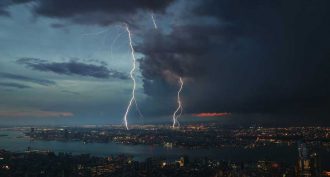 Physics
PhysicsThunderstorms hold stunningly high voltage
By studying particles called muons, scientists found that the electric potential inside a thunderstorm may be 10 times higher than previously thought.
-
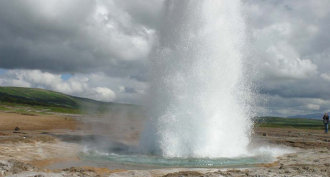 Earth
EarthScientists Say: Geyser
Geysers are underground springs with vents to the surface. When the water gets heated from nearby magma, the geyser blows.
-
 Earth
EarthWhy we should stop ignoring the life stories of minerals
All pure diamonds are the same mineral. But they didn’t form the same way. One scientist thinks it’s time to talk about the life stories of such rocks.
-
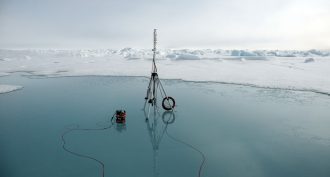 Climate
ClimateDisappearing sea ice could disrupt Arctic’s food web
When sea ice goes missing in the Arctic, every part of the ecosystem feels the effects.
-
 Climate
ClimateThese teens have some ideas for stopping climate change
If you could do one thing to stop climate change, what would it be? We asked some of the finalists at the 2019 Regeneron Science Talent Search.